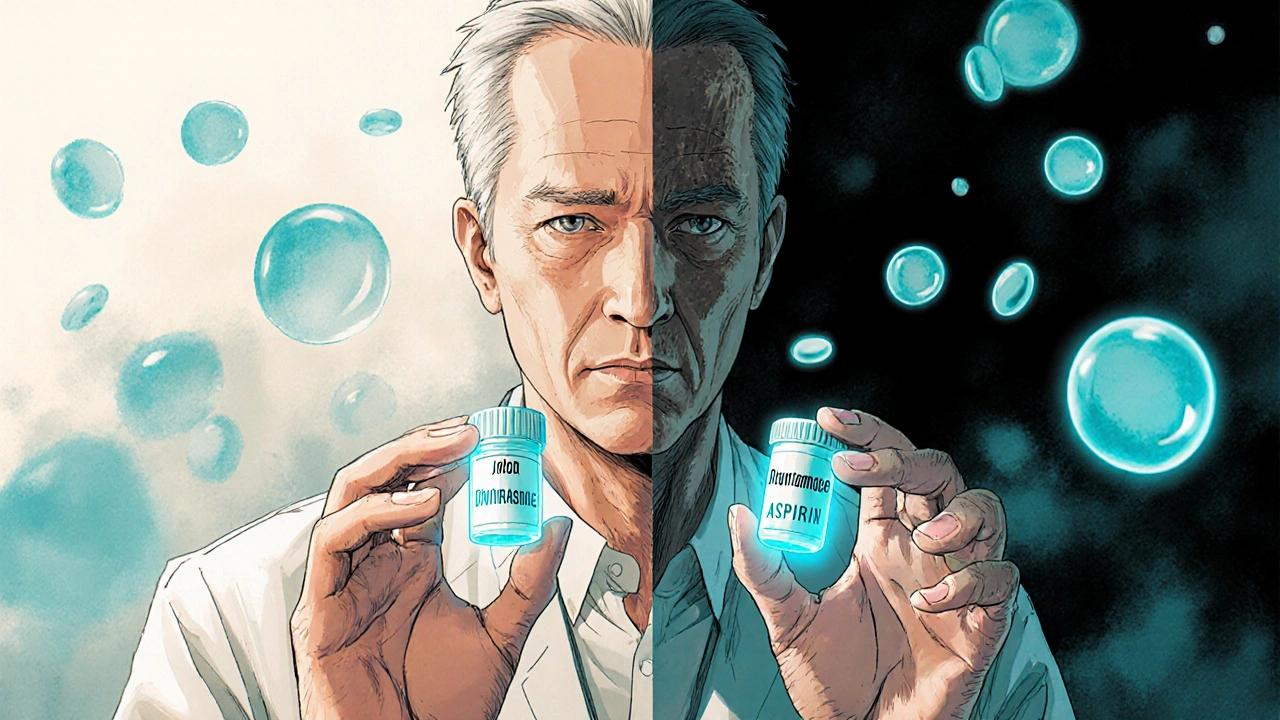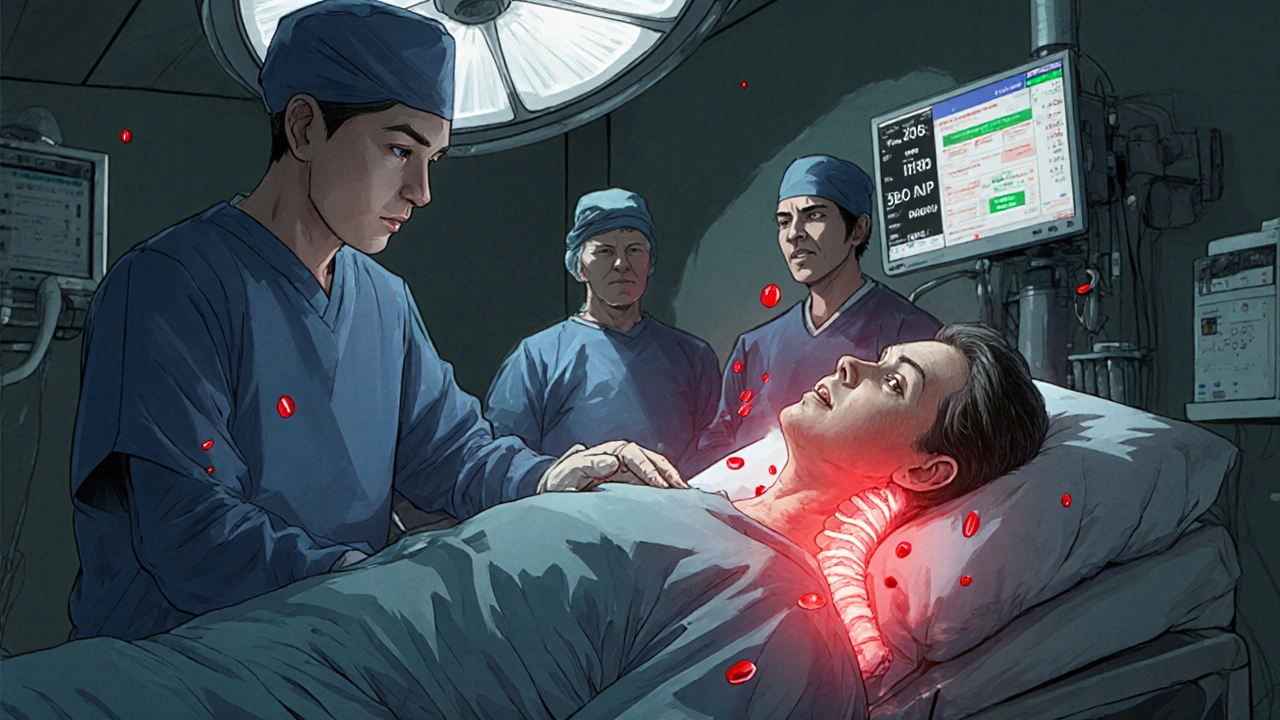Anticoagulants: What They Are, How They Work, and Which Ones You Might Need
When your blood clots too easily, it can block arteries or veins—and that’s when anticoagulants, medications that slow down the blood’s ability to form clots. Also known as blood thinners, they don’t actually thin your blood—they just make it harder for dangerous clots to form. These drugs are life-saving for people with atrial fibrillation, deep vein thrombosis, pulmonary embolism, or after certain surgeries. But they’re not one-size-fits-all. Choosing the right one depends on your health, other meds you take, and even your diet.
There are a few main types you’ll hear about. Warfarin, a long-standing anticoagulant that requires regular blood tests to monitor has been used for decades. It works by blocking vitamin K, which your body needs to make clotting factors. But because it interacts with so many foods and drugs—like leafy greens or antibiotics—it’s tricky to manage. Then there’s heparin, a fast-acting injectable often used in hospitals, especially right after surgery or during a clotting emergency. And now, newer options called direct oral anticoagulants (DOACs), including apixaban, rivaroxaban, and dabigatran—they work differently, don’t need constant blood tests, and have fewer food interactions. But they’re not for everyone, especially if you have kidney problems or are at high risk for bleeding.
These drugs don’t come without risks. Bleeding is the big one—sometimes serious, sometimes life-threatening. That’s why knowing the signs matters: unusual bruising, blood in urine or stool, severe headaches, or unexplained swelling. And they don’t play nice with other meds. For example, if you’re on an antibiotic or an NSAID like ibuprofen, your bleeding risk can go up fast. Some of the posts here dig into how anticoagulants interact with other treatments—like how aspirin, often used for pain or heart protection, can add to the risk when mixed with blood thinners. Others look at how conditions like atrial fibrillation or deep vein thrombosis drive the need for these drugs in the first place.
You’ll find real comparisons here—not just theory. People are asking: Is warfarin still worth it? Are DOACs really safer? What happens if you miss a dose? How do you know if you’re bleeding internally? The posts below give you straight answers from people who’ve been there, and from clinicians who’ve seen the outcomes. Whether you’re managing a clotting disorder, supporting someone who is, or just trying to understand why your doctor switched your med, this collection gives you the facts without the fluff. No marketing. No hype. Just what works, what doesn’t, and what you need to watch for.

